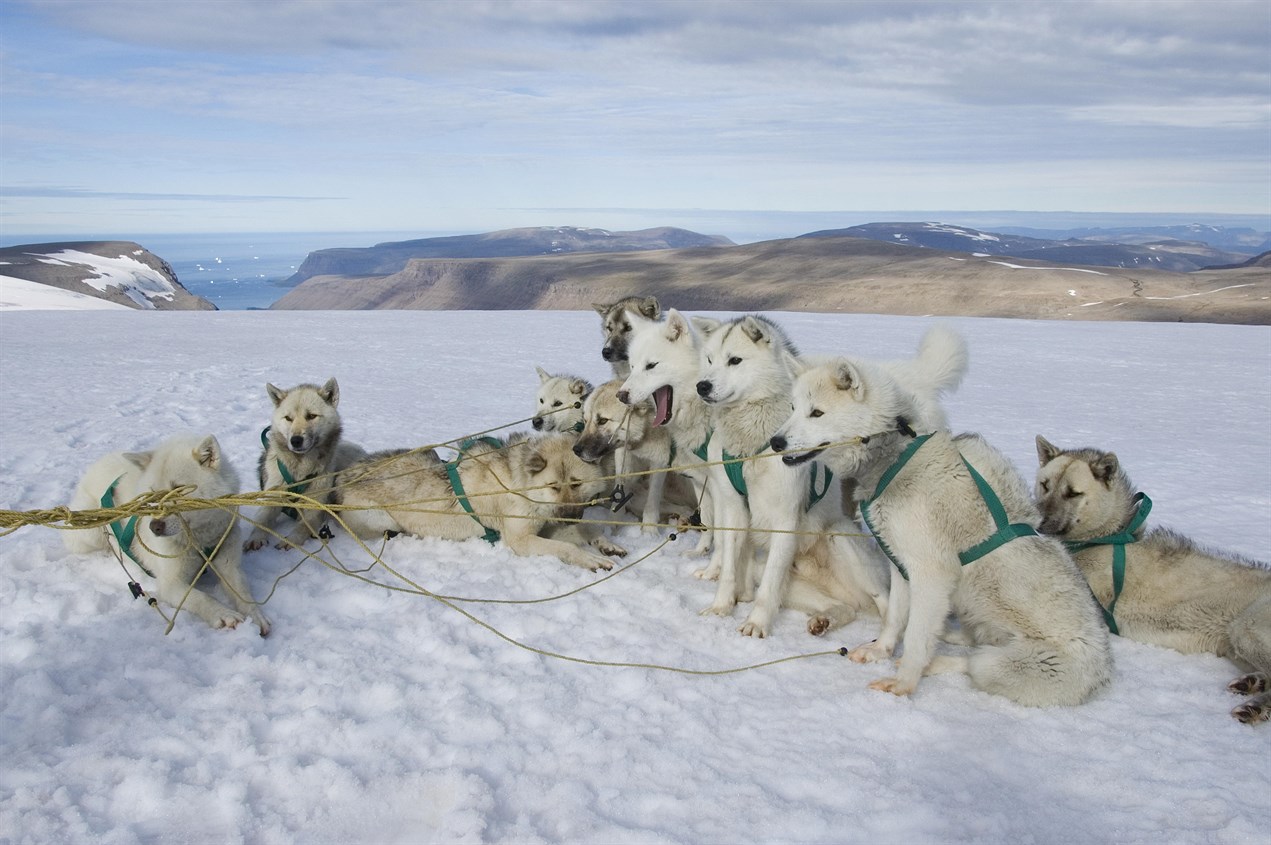Feeding the Arctic Athlete: Nutrition Insights for the Greenland Dog

The Greenland Dog, a robust and hardworking breed, has unique feeding habits and nutritional requirements shaped by its Arctic heritage. Providing a well-balanced diet tailored to their needs is essential for maintaining their health, energy levels, and overall vitality.
Nutritional Requirements
Greenland Dogs, known for their strength and endurance, benefit from a diet rich in high-quality proteins. Proteins support muscle development and maintenance, a crucial aspect for a breed historically engaged in pulling sleds and other strenuous activities. A diet with moderate fat content also provides the energy required for their active lifestyle.
Protein-Rich Diet
Given their working heritage, Greenland Dogs thrive on diets containing animal-based proteins. Quality sources such as lean meats, fish, and poultry contribute to their muscle strength and overall well-being. It's essential to choose dog food with protein sources listed, avoiding fillers that may not provide adequate nutrition.
Balanced Fat Intake
While fat is an important energy source, it's crucial to maintain a balance. Greenland Dogs, with their thick double coat, benefit from moderate fat content to support skin and coat health. Essential fatty acids, such as Omega-3 and Omega-6, are particularly beneficial for maintaining a lustrous coat and promoting overall skin health.
Carbohydrates for Sustained Energy
Carbohydrates play a role in providing sustained energy. Quality carbohydrates, such as whole grains and vegetables, contribute to their daily energy needs. However, it's important to avoid excessive carbohydrate content, as Greenland Dogs may not require as much as some other breeds.
Feeding Schedule
Establishing a consistent feeding schedule is crucial for Greenland Dogs. Regular mealtimes provide structure and predictability, contributing to their overall well-being. Adult Greenland Dogs may be fed twice a day, while puppies and more active individuals may benefit from more frequent meals.
Fresh Water Access
Maintaining proper hydration is vital. Provide access to fresh water at all times, especially after meals and physical activity. Proper hydration supports digestion, regulates body temperature, and contributes to overall health.
Avoiding Overfeeding
While Greenland Dogs are known for their hearty appetites, it's important to avoid overfeeding. Obesity can lead to various health issues, including joint problems and a strain on their muscular structure. Monitor their weight, adjust portion sizes based on activity levels, and consult with a veterinarian for personalised feeding recommendations.
Special Dietary Considerations
Individual Greenland Dogs may have specific dietary considerations based on factors such as age, health, and activity level. Some may have sensitivities or allergies that require a specialised diet. Consult with a veterinarian to determine the most appropriate diet for your individual dog.
Conclusion
In conclusion, feeding the Greenland Dog involves providing a nutrient-dense and balanced diet that aligns with their historical roles and energy requirements. Understanding their nutritional needs, maintaining a consistent feeding schedule, and monitoring their overall health contribute to the longevity and well-being of these Arctic athletes. As they savour their meals, Greenland Dogs carry with them the nourishment needed to embody the strength and resilience inherent in their Arctic heritage.
Greenland Dog puppies for sale
- Find Greenland Dog puppies for sale in ACT
- Find Greenland Dog puppies for sale in NSW
- Find Greenland Dog puppies for sale in NT
- Find Greenland Dog puppies for sale in QLD
- Find Greenland Dog puppies for sale in SA
- Find Greenland Dog puppies for sale in TAS
- Find Greenland Dog puppies for sale in VIC
- Find Greenland Dog puppies for sale in WA